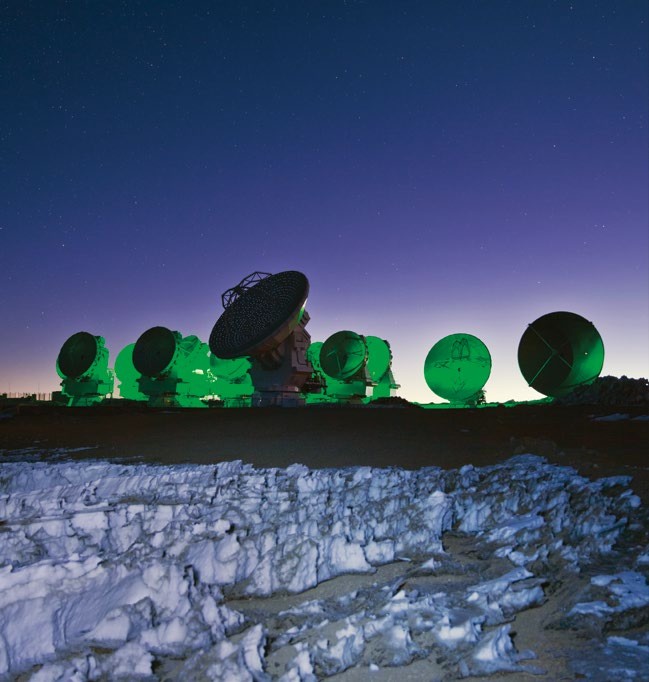
SETI is a continuous struggle as astronomers look for a signal they don’t know anything about
© ESO/S. Fandango, NASA/CXC/M.Weiss, SpaceX, Tobias Roetsch
The ‘cosmic gorilla’ effect refers to a cognitive event inspired by the original experiment carried out by the researchers Christopher Chabris and Daniel Simons in the 1990s to show the inattention blindness of the human being. In the Chabris and Simons experiment, a boy in a gorilla costume could walk in front of a scene, gesticulating while the observers were busy in something else, and more than half did not notice the boy in the gorilla costume. The cosmic gorilla effect represents this same effect in relation to the search for extraterrestrial intelligence (SETI).
We can be so focused trying to find a certain type of signal of extraterrestrial origin that we might miss the ‘gorilla’ in the room, meaning other types of signs of extraterrestrial presence. This can be due to three possible factors. First, due to limitations of our physiology and consciousness development. Secondly, because of a wrong technological approach – for example, using mainly radio signal detection in detriment of other types of signals. And thirdly, intentional avoidance or cloaking by extraterrestrial Intelligence. This experiment has potentially revolutionary implications for SETI and indirectly for other astronomical scientific tasks because our own neurophysiology, mind and consciousness may be mediating and conditioning the task itself as well as the results.